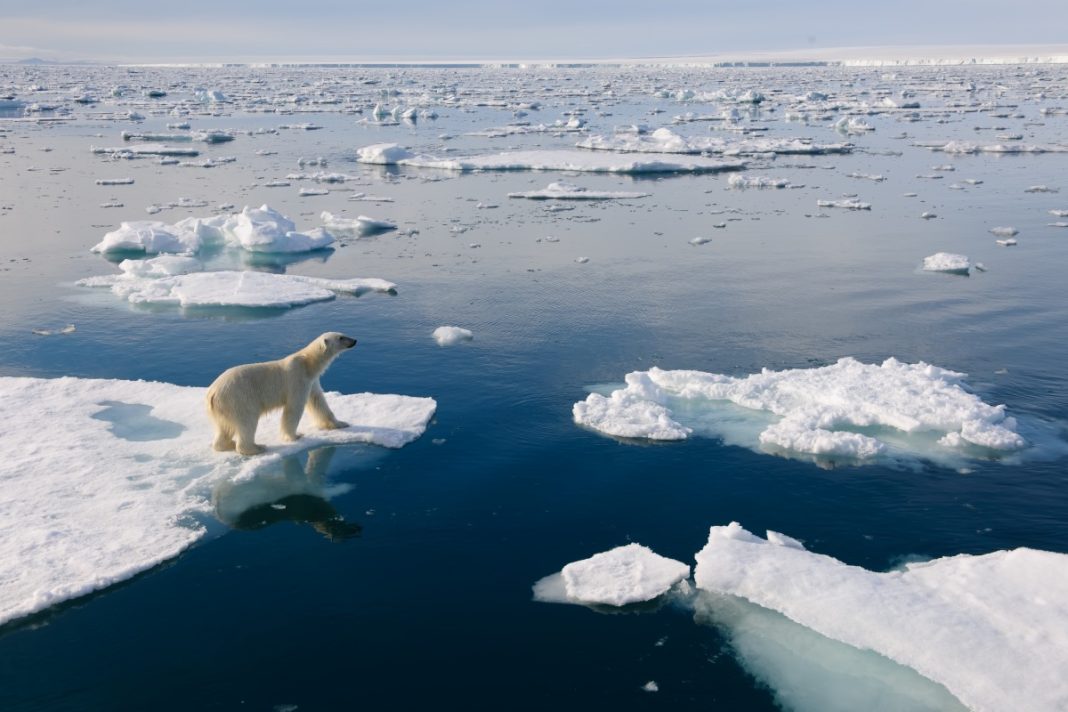CANADIAN ARCTIC, Canada – Scientists have taken a significant step forward in the fight against climate change by developing a method to artificially ‘grow’ ice and refreeze parts of the Arctic Sea.
Initial tests in the Canadian Arctic have shown promising results. Engineers successfully thickened sea ice by pumping seawater over thin ice layers.
According to a report published in New Scientist, the process involves using pumps to flood the surface of thin ice with seawater, which then freezes during the winter months, effectively thickening the ice.
This thicker ice is expected to last longer into the summer, potentially delaying the impacts of climate change in the Arctic region.
The project comes at a critical time, as the Arctic is losing around 13 percent of its ice each decade.
The current rate of climate change could lead to an ice-free Arctic Ocean during the summer months as early as the 2030s.
Even with drastic reductions in greenhouse gas emissions, some studies suggest this outcome may still be unavoidable.
By artificially thickening the ice, scientists aim to buy more time to address the root causes of climate change.
“This method isn’t a solution, but rather a ‘sticking plaster’ for a much bigger problem,” said Hayo Hendrikse, an assistant professor at Delft University of Technology, in an interview with The Guardian.
The method of pumping seawater over sea ice has been tested before, but 2024 marked the first successful use of hydrogen-powered pumps, making the process more sustainable.
Hydrogen, a renewable energy source, powers the pumps, reducing the carbon footprint of the operation.
While the early trials have shown encouraging signs, the tests have so far been conducted only on a small scale.
Scientists remain cautiously optimistic, as scaling the process to cover larger areas of the Arctic could pose additional challenges.
Furthermore, experts warn that the approach may have unintended consequences.
The report highlights concerns over potential negative impacts on Arctic wildlife, particularly the possibility of reducing snow cover, which plays a critical role in the region’s ecosystem.
Scientists are carefully monitoring these effects as they continue to refine the process.
As global temperatures continue to rise, the artificial thickening of Arctic ice represents a temporary measure aimed at mitigating the worst consequences of climate change.
However, experts agree that it must be accompanied by broader efforts to reduce emissions and address the underlying causes of global warming.
While there is hope that the technique could slow the Arctic’s ice loss, the long-term effectiveness of this approach remains to be seen.
Scientists are calling for further research and larger-scale trials to determine whether this method could play a meaningful role in protecting the fragile Arctic environment.







